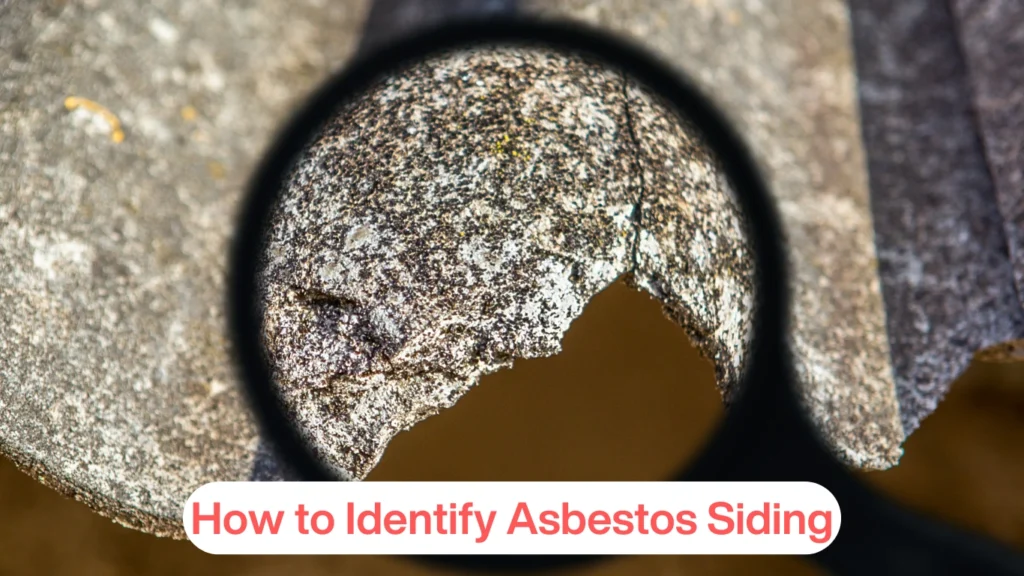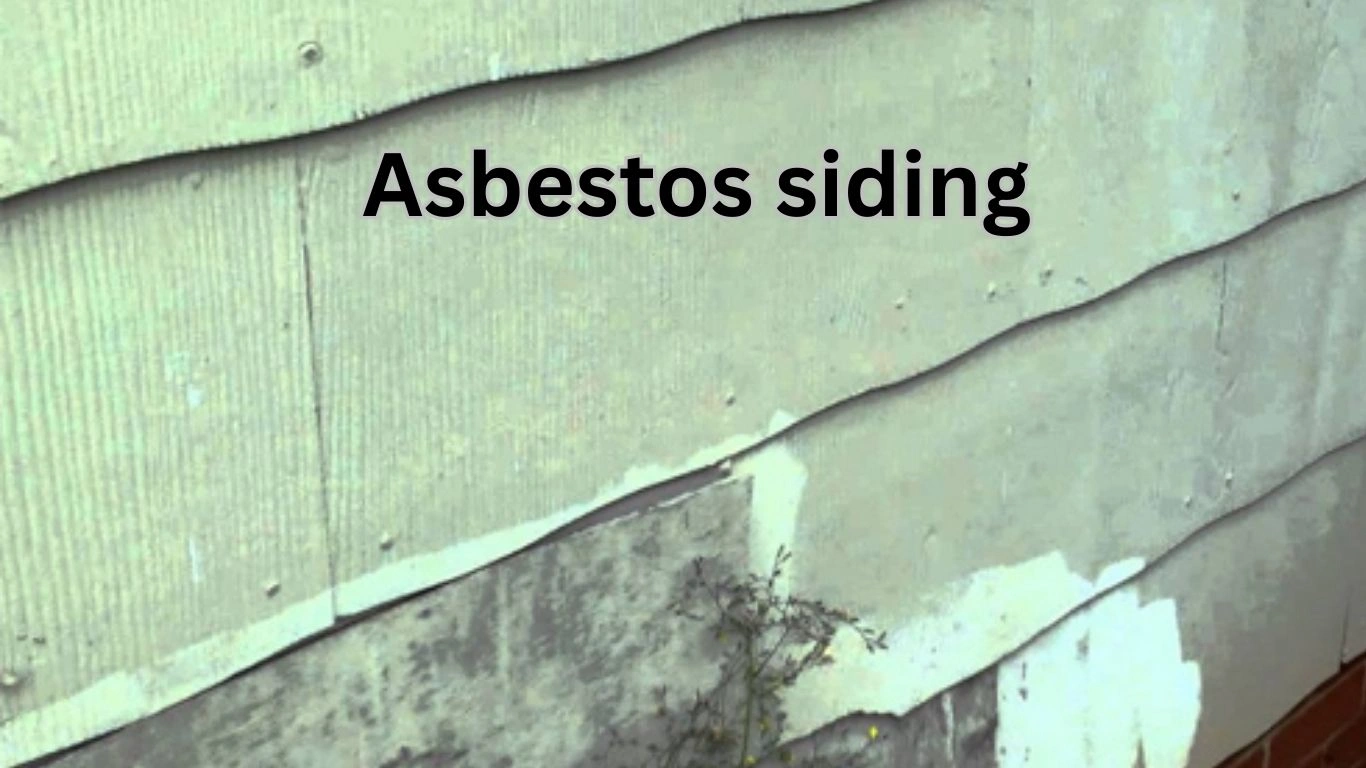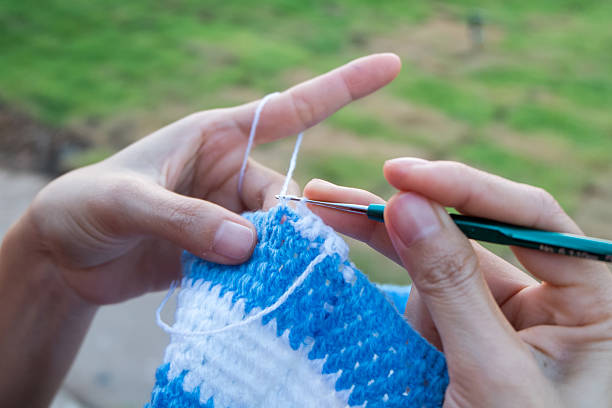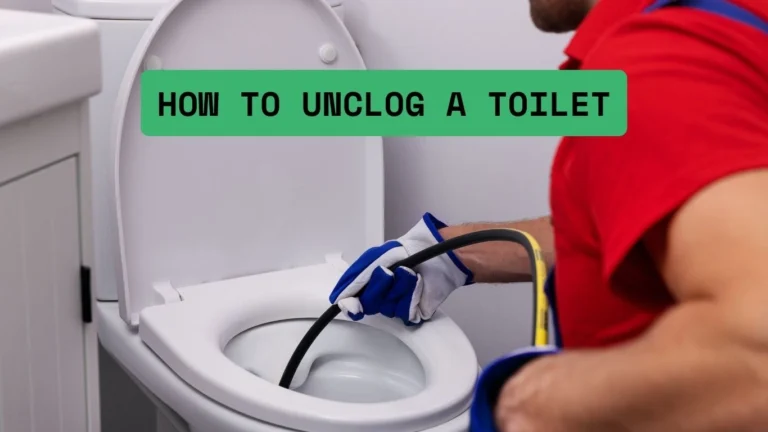Asbestos Siding: Facts Every Homeowner Should Know
Asbestos siding widely used in homes due to its durability, fire resistance, and minimal upkeep. This material combines cement with asbestos fibers, which makes it strong and weather-resistant. Asbestos was available in various styles, including flat sheets or shingles that often mimicked the appearance of wood or stucco. While it is valued for its long-lasting qualities, asbestos poses significant health risks when the fibers are disturbed. If the siding becomes damaged or deteriorates, asbestos fibers can become airborne, leading to severe health issues when inhaled. For homeowners with asbestos, it’s essential to identify it early and take the necessary precautions to ensure safety during repair or removal.
What Is Asbestos Siding?
Asbestos siding is a type of exterior cladding used in residential and commercial buildings. This material is made up of a mixture of cement and asbestos fibers, which makes it light, durable, and fire-resistant. Asbestos commonly used as an alternative to traditional wooden siding due to its resistance to rot, fire, and low maintenance requirements. In the past, manufacturers used asbestos to increase the strength and insulation of cement-based products. However, it was ultimately found that asbestos fibers are dangerous to human health, leading to a decline in the use of asbestos in building materials after the 1980s. While asbestos provided numerous benefits, its health risks became clear over time, resulting in reduced usage and restrictions.
Asbestos is a durable building material made by combining cement with asbestos fibers. It was commonly used for its fire-resistant properties and low maintenance needs. While it offers long-lasting protection, as siding can pose serious health risks if damaged or disturbed.
How to Identify Asbestos Siding

Identifying asbestos can be tricky, especially since the material may have aged or been covered by other layers. Typically, asbestos is made from a mix of cement and asbestos fibers and has a rough, textured surface that may resemble wood or stucco. It usually comes in flat sheets or overlapping shingles and is commonly found in homes built before the 1980s. Asbestos can come in various colors, such as gray, brown, or white. If you suspect that your home contains asbestos, it is important not to disturb it. Instead, consult a professional for testing, as they can safely confirm its presence and ensure accurate identification.
Health Risks of Asbestos Siding
Asbestos siding is safe if left undisturbed, but it poses significant health risks when the material is damaged or deteriorates. Asbestos fibers are microscopic and can easily become airborne when the siding is cracked, chipped, or disturbed during renovation work. Inhalation of these fibers can lead to serious and life-threatening conditions, including asbestosis, lung cancer, and mesothelioma.
The risk of developing these conditions increases with prolonged exposure, making it essential to avoid disturbing asbestos. Symptoms of asbestos-related diseases may not appear for many years, which means homeowners could unknowingly be at risk. If your home contains asbestos siding, it’s critical to take necessary precautions and hire professionals for safe handling or removal to prevent exposure to these harmful fibers.
Cost of Asbestos Siding Removal
| Service | Average Cost | Notes |
|---|---|---|
| Asbestos Siding Removal | $5 to $15 per square foot | Price varies depending on location and difficulty of removal |
| Asbestos Siding Encapsulation | $3 to $8 per square foot | Encapsulation is a less expensive option, but only effective if the siding is in good condition |
Safe Handling of Asbestos Siding
Handling asbestos safely is crucial to avoid exposing yourself and others to harmful asbestos fibers, which can cause serious health issues. If your home contains asbestos, it is important to take the necessary precautions to prevent disturbance and potential fiber release.
Here are key guidelines for safely managing and handling asbestos siding:
Avoid DIY Removal:
Never attempt to remove or repair asbestos yourself. Disturbing the material, even slightly, can release toxic fibers into the air. Asbestos removal requires specialized equipment, training, and techniques to ensure that the fibers do not spread during the process.
Hire a Licensed Professional:
If the asbestos needs to be removed, always hire a licensed asbestos abatement contractor. These professionals have the knowledge, experience, and equipment to remove the material safely, following all local regulations to protect you and your family.
Leave It Undisturbed:
If the asbestos siding is in good condition with no visible damage, the safest option is to leave it alone. Asbestos is only dangerous when it is disturbed, causing the fibers to become airborne and inhaled. If your siding is intact, it does not pose an immediate risk.
Professional Assessment:
If you suspect that your siding is deteriorating or if you are planning any renovations, it’s essential to contact a professional asbestos removal expert. These trained specialists can safely assess the condition of the siding and determine whether removal or encapsulation is necessary.
Conclusion
Asbestos siding was once a popular material for its durability, fire resistance, and low maintenance, but it poses significant health risks when disturbed. If your home contains asbestos, it is crucial to identify it early and take the necessary precautions to avoid exposure to harmful fibers. While the siding can remain safe if left undisturbed, damaged or deteriorating asbestos siding requires professional attention for removal or repair. Prioritize safety by consulting experts and ensuring that any asbestos-related work is done following proper guidelines. In addition to protecting your health, safe handling of asbestos can help ensure that your property meets safety standards and adds value to your home.







